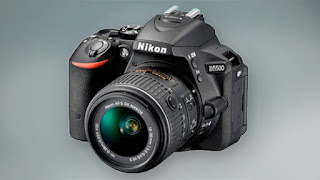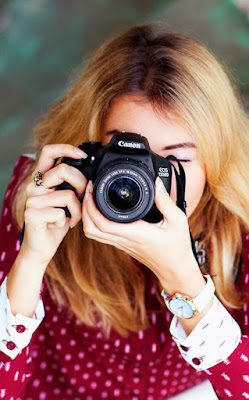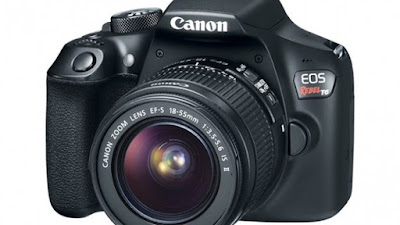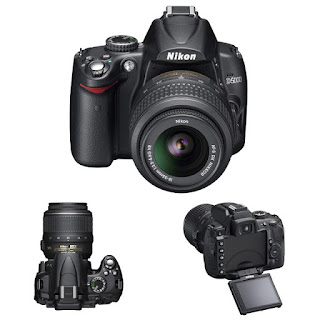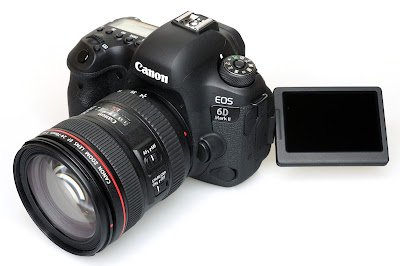
Should we choose the Canon EOS 6D Mark II?
Why do we have to choose the Canon EOS 6D Mark II?
The
EOS 6D Mark II camera puts full-frame performance into a compact, fully
featured DSLR. Its 26.2 Megapixel CMOS sensor and DIGIC 7 Image Processor help
convey stunning outcomes even at extended ISO settings, making it awesome for
testing low-light circumstances and additionally scene, picture and occasion
photography.
What's more, the bargains in the 6D II are to a great
extent the same as those made by the 6D preceding it: The bigger sensor is
counterbalanced by a lower-spec self-adjust framework obtained from the EOS
80D, an absence of 4K video, and a shade system that tops out at 1/4000 sec, to
give some examples.
Be that as it may, the EOS 6D Mark II has a great deal to
offer. It is littler and lighter than a 5D IV, its articulating screen makes it
less demanding to work at odd points, and in particular, it's a reasonable
passage into the universe of full-outline Canon glass and expanded profundity
of-field control contrasted with correspondingly evaluated cameras with littler
APS-C sensors.
Canon EOS 6D Mark
II Key specifications:
New 26MP CMOS full-frame sensor with Dual Pixel AF
1080/60p video capture with in-lens + digital
stabilization
45-point all-cross-type AF system
Dual Pixel AF for both stills and video capture
ISO 100-40,000 (expandable to 102,400)
6.5 fps continuous shooting (4.5 fps in Live View)
3" fully articulating touchscreen
Wi-Fi w/NFC and Bluetooth
Built-in GPS
Quite a lot's changed since the arrival of the EOS 6D
though, with not only Nikon offering some very tempting competition in the
shape of the D610 and D750, but Sony's Alpha A7 and A7 II offering another
affordable route into full-frame photography. For stills shooters, the Pentax
K-1 is in a somewhat different league, offering much higher resolution and
build quality.
Canon claim that the EOS 6D Mark II camera is designed to
keep up with the action. Its fantastic shutter, advanced AF and exposure and
image processing systems help ensure virtually instantaneous response and
performance at up to 6.5 fps, even at full resolution.
Being a DSLR, the 6D Mark II begins up and begins taking
pictures rapidly. Live view begins up in just shy of one moment, however in the
event that you leave the camera in 'video' mode, it will take a couple of
moments upon startup before you can really start recording video.
If you are not too dizzy with the type of camera, whether a compact camera or a regular DSLR, not a full-frame camera, would you entrust your photography activities on a premium smartphone?
A professional photographer may have different opinions, as well as those who want to seriously pursue photography as a new hobby or profession. The question is: what kind of photographer do you belong to?







